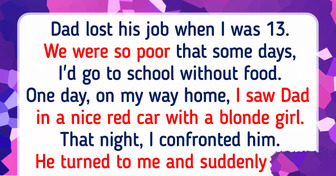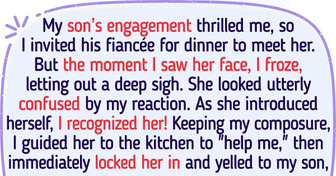12 Chilling Secrets That Shattered People’s Trust Forever
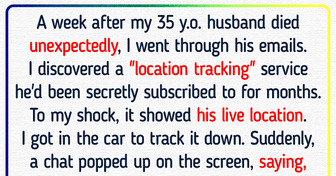
Turbulence is caused by sudden shifts in the airflow and is nothing to be afraid of. But if that simple knowledge doesn’t help you, try this visualization from a pilot.
Put a small piece of napkin inside a pot of jelly. The napkin is the plane, and it’s surrounded by jelly, or sorry, by air pressure. If you tap the jelly, the napkin will not fall anywhere. It just starts slightly moving within the jelly.
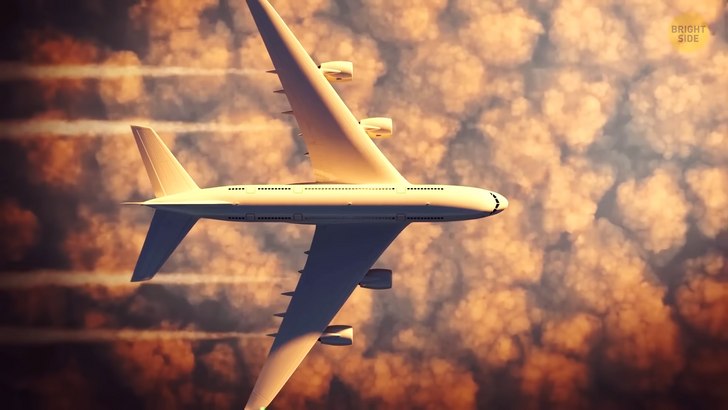
Once the plane gets to its cruising altitude, it seems like the engine noise disappears altogether. No worries there — the engine is still working fine! It becomes way quieter than on takeoff because there’s less thrust generated at this point. The air gets thinner, and the plane needs less power to maintain its altitude. If the pilots leave the engines at their climb setting, you’d be traveling beyond the speed of sound. And that isn’t a part of the plan.
That small hole you see on the back of airplane tails is part of the auxiliary power unit. It’s there to produce power for an airplane’s electrical systems, including lights, navigation controls, heating, and AC. The power unit is activated when a plane is on the runway. It doesn’t provide complete power to airplanes. Once the airplane’s engines are turned on, the unit is disabled. It’s only reactivated when the airplane lands at its destination.
The turbines are located under the wings since this makes it cheaper, faster, and easier to service the engines. They used to be placed in the tail, but it required expensive equipment and much more time to repair. When they started installing the engines below the wings, ticket prices went down.
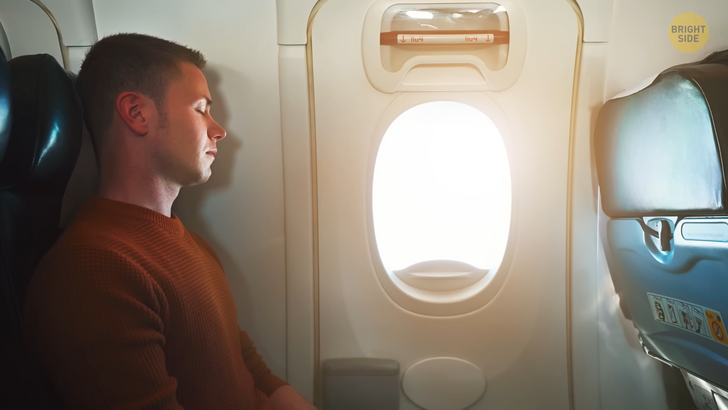
When seated in the exit row on most planes, you need to pull the window blind up, not down, to close it, unlike in all other seats. It’s designed so for safety reasons. The overwing exit is there to help people quickly leave the plane in case of an emergency. Some of those exit window doors stay attached to the plane. Others come away from the fuselage.
But they all have an emergency handle at the top of the panel. You wouldn’t be able to open the exit without it. There’s another handle on the outside of the plane. Rescuers use it to open the door from their side. Because of this handle, there’s no room for the blind to retract above the window. But there’s more than enough room for it below the window. Makes sense to me now.
You can actually raise the right armrest when in the aisle seat! The lock is on the underside of the armrest. It’s not a button but a lever close to the back of the seat. You can pull it to let the other passengers pass to their seats. The same tip works for the left armrest of the window seat. You can lift it up to lean on the window. Don’t forget to lower the armrest during takeoff and landing for safety reasons.
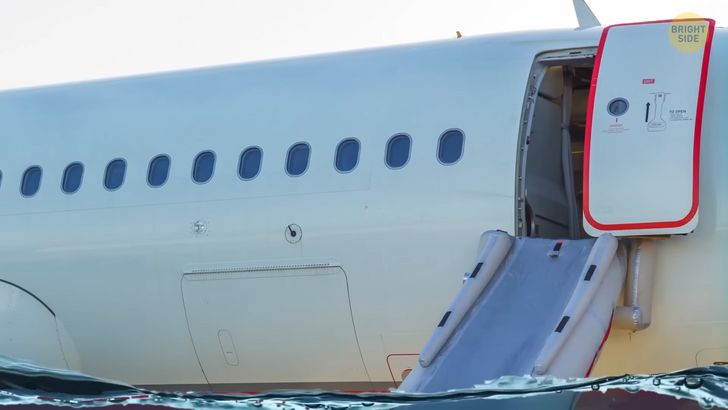
Planes usually use a small, powerful tug on airport grounds when they need to pull back out of their parking spot. But it doesn’t mean they can’t move backward on their own! To do so, they’d need to use reverse thrust, and the powerful air current from it can pull some debris into the engine or cause damage to ground vehicles, the gate, or the ground crew. It would also use a lot of fuel and be incredibly loud. Plus, the pilots don’t have rearview mirrors like drivers, so they can’t see behind them. Now you understand why this risky process is banned at airports.
They make plane wings smooth to let air flow easily around their surface and reduce resistance during the flight. Those convex yellow hooks, though... Don’t they worsen the aerodynamics? True, but they are necessary for your safety. Imagine a plane making an emergency landing in the open sea. The aircraft is sliding on the water. Then, rescue boats arrive to evacuate the passengers. Before the door opens, the escape slide inflates.
Passengers need to walk on the wing and move down the slide. But the wing surface is slippery because of water. To prevent anyone from falling, the stewards install a rescue rope. They attach one end to the door, and the other to the edge of the wing, passing it through these hooks. During the evacuation, people hold on to this cable like a railing. They can also attach rescue boats to the wing with a rope and these hooks, so the sea won’t take people far away from the plane.
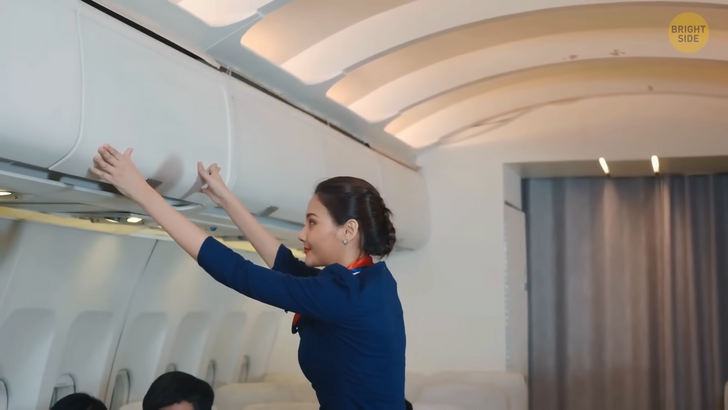
When flight attendants pass through the cabin during the flight, they always touch the upper shelves above the seats. No, they don’t check if the luggage compartments are closed. There are hidden handles along the bottom of these compartments. Flight attendants hold onto them not to fall. It’s a pretty convenient thing since they don’t have to touch the seats and disturb passengers once they’re moving around the cabin.
Have you ever noticed the flashing light in the cabin before takeoff? It’s 100% safe. It occurs when the pilot disconnects a plane from the airport power supply and switches to the onboard one. This rapid transition may cause flashing.
Passengers always board from the left side. That’s because the captain sits on that side of the cabin. It’s easier for him to align the plane with the terminal jet bridge this way. Also, the aircraft is fueled and loaded with baggage on the right side. With passengers boarding from the left side, the crew can do their job undisturbed.
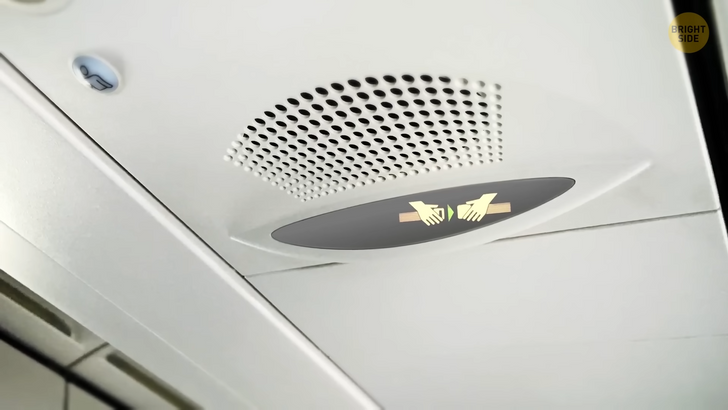
You might have noticed black triangles on the wall above the seats. For you, as a passenger, they may indicate the seats that have the best view of the wings where you can take the most beautiful flight photos. But the triangles aren’t there for this reason, of course! The crew members monitor the condition of the aircraft through windows under these signs. In case the wings freeze, the engine catches fire, or the pilot receives a signal something’s wrong, the crew will quickly move to the triangles and assess the situation.
Those mysterious chimes you hear during the flight are a kind of secret language the crew uses to communicate with each other. The chime you hear shortly after takeoff informs the crew that the landing gear is getting retracted. A single chime during the flight is a sign that one of the passengers needs the assistance of the crew. When they’re serving meals and run out of food or drinks, they can ask their colleagues to share using a high and low chime combo. Three low tones mean serious turbulence is approaching, so the crew need to buckle up.
A seat belt on an airplane has a slightly different purpose from that in your car. The one in the vehicle protects you from a horizontal hit. When a plane is going through turbulence, it’s shaking up and down. Your waist belt keeps you from hitting the ceiling.
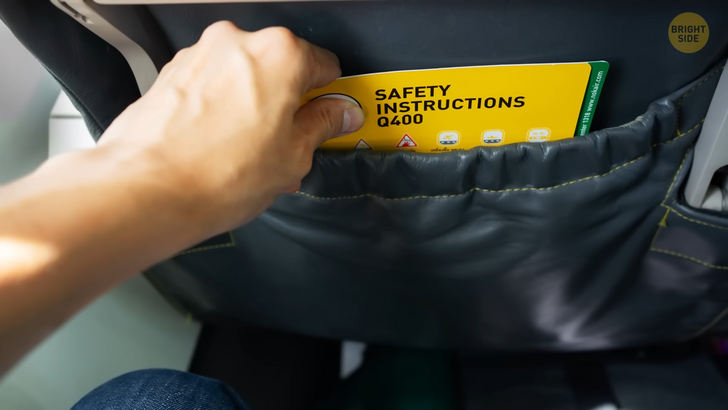
The tray table, the seatbelt buckle, and the toilet door handle — those are some major feeding grounds for bacteria. But the seat pockets aren’t any cleaner! Passengers leave their used tissues or wipes in there after cleaning a runny nose or coughing. They also become a residence for other sorts of trash. Even once the trash is out, the bacteria remain in their cozy pocket home. The next passenger becomes their new prospective target.
Extreme heat is one of the weather conditions that can stop a plane from flying. Airplanes fly by generating lift with their wings. The air below the wings takes the plane up. In extreme heat, an airplane can’t produce that much lift. That’s because hot air expands and becomes way less dense than cold air. With less lift, the plane may find it really hard to take off and fly. Electronics will unlikely respond well to extreme heat or humidity, and the AC system may fail. Smaller jets can’t operate at a temperature of over 118°F. Larger Airbus and Boeing planes perform the best below 126°F.

